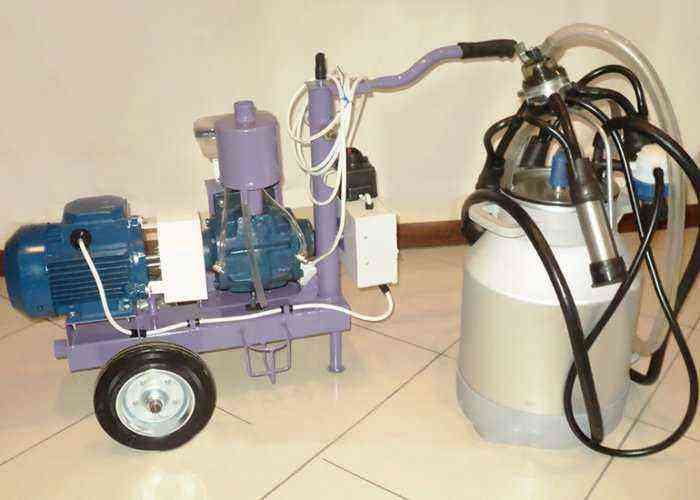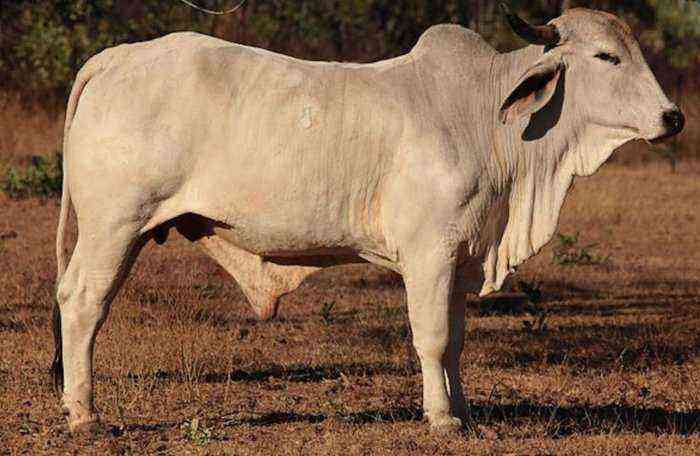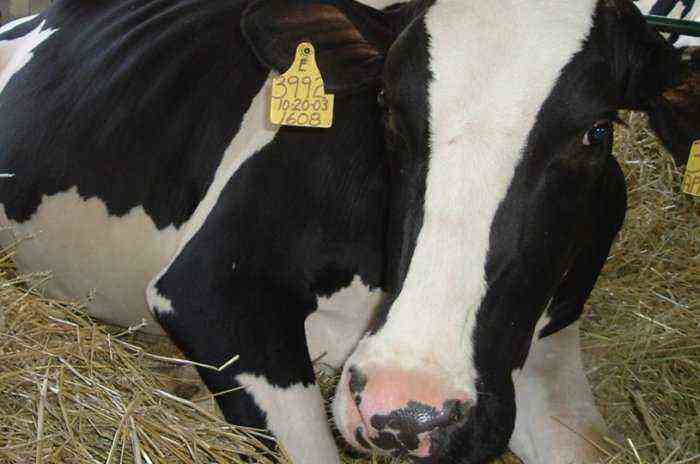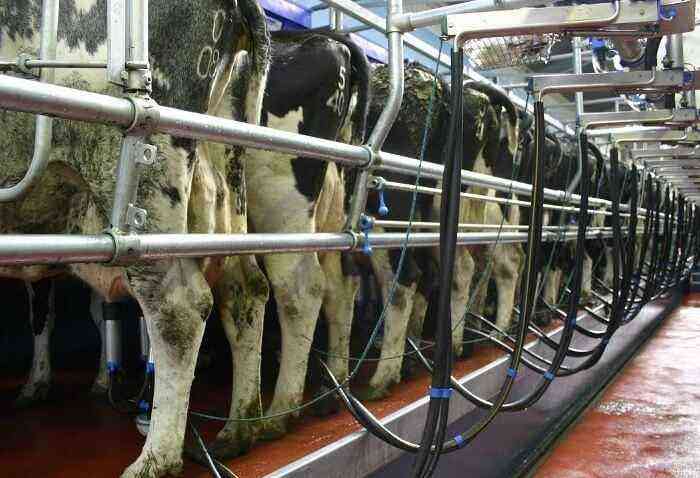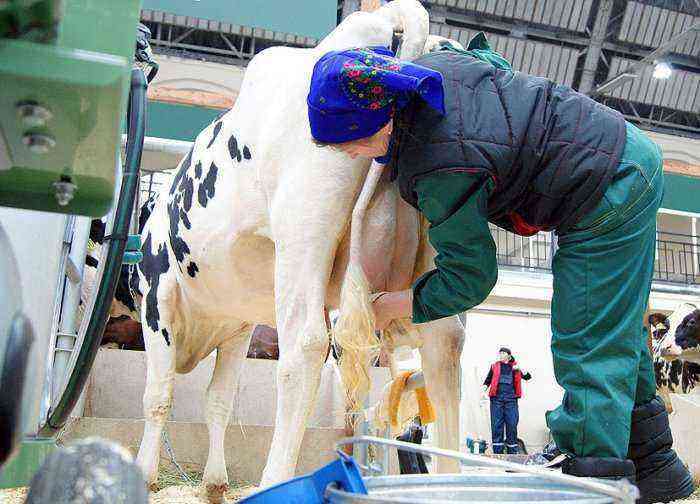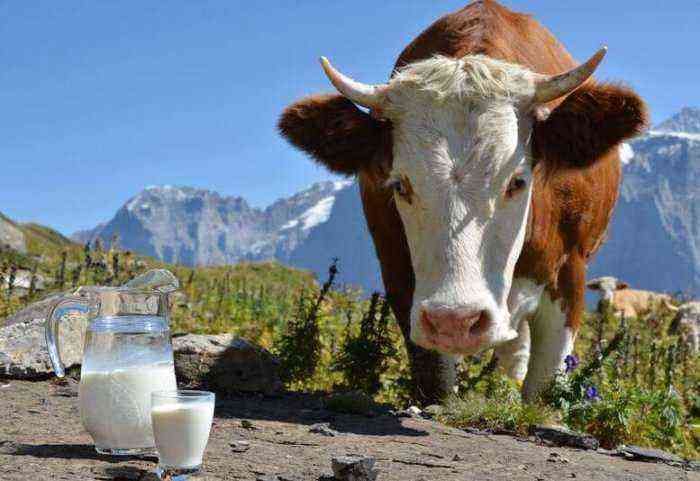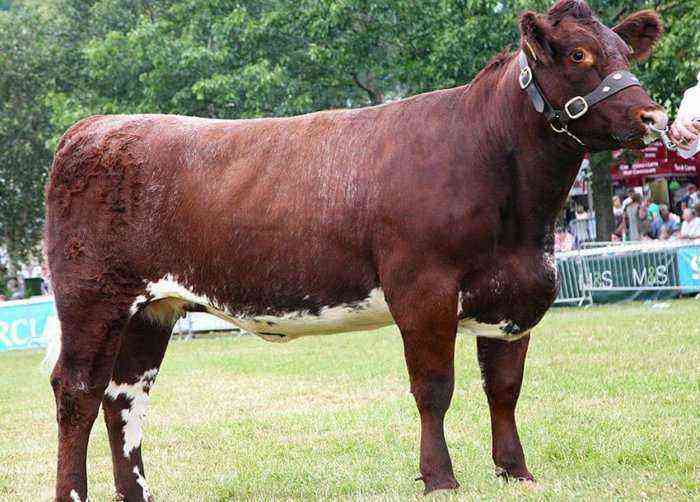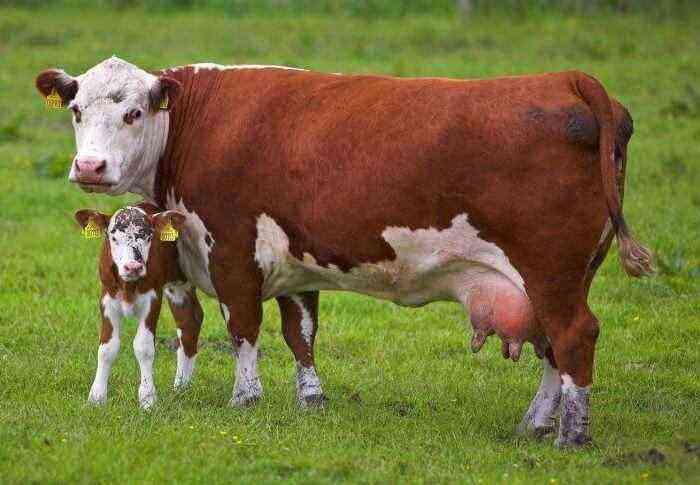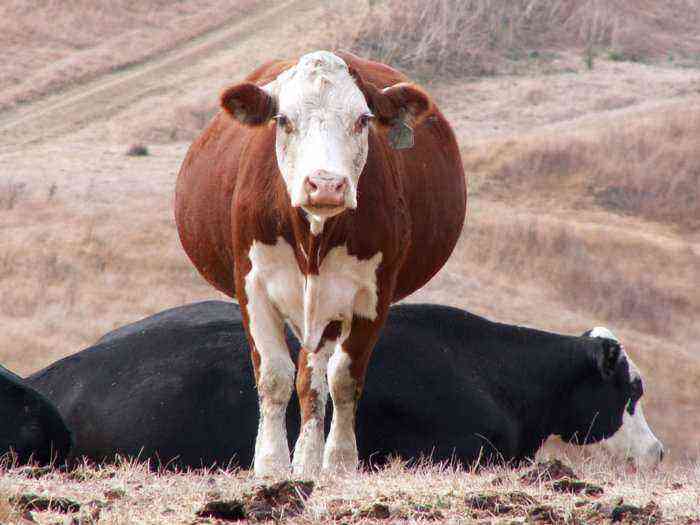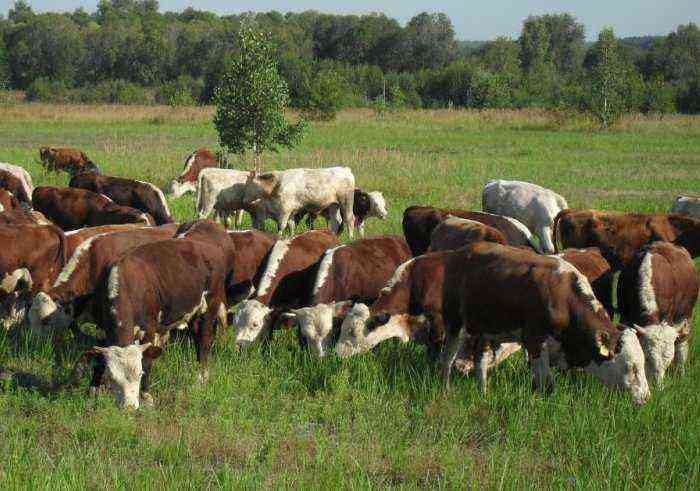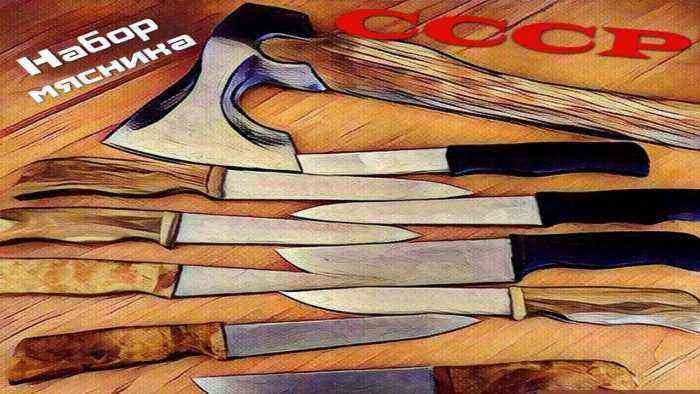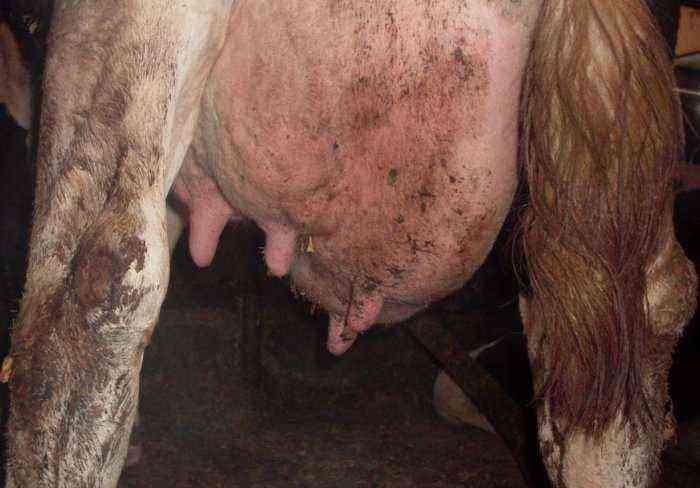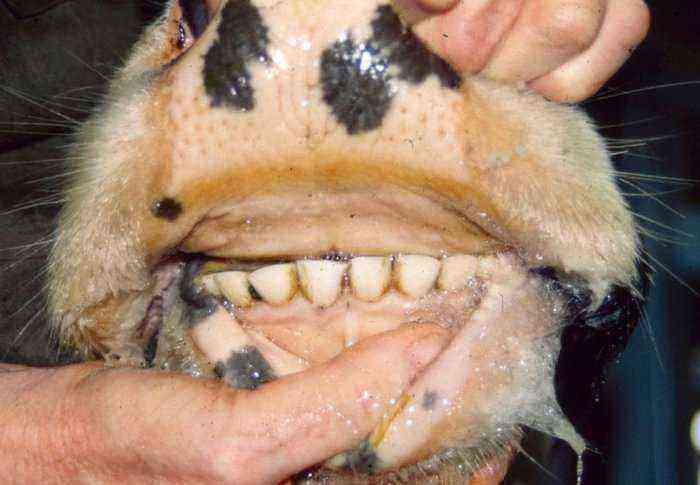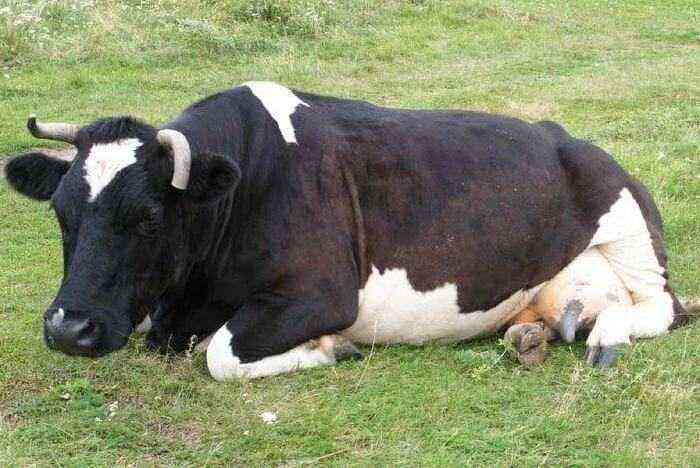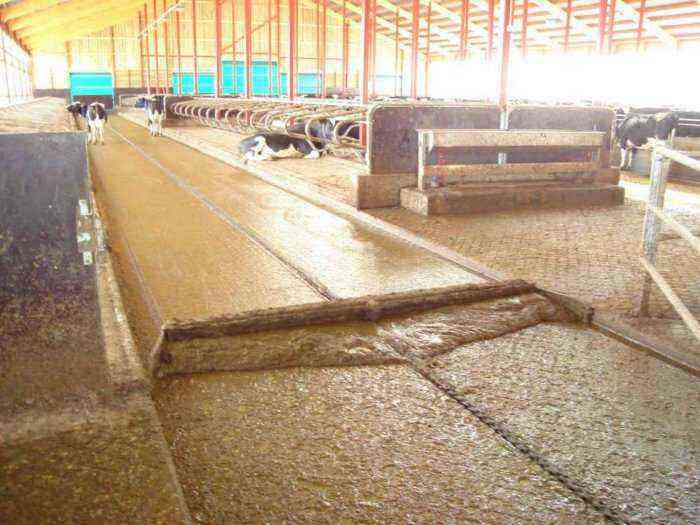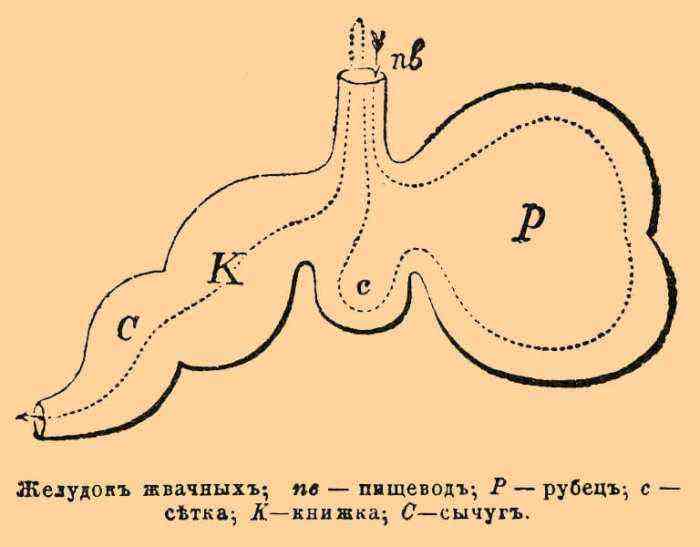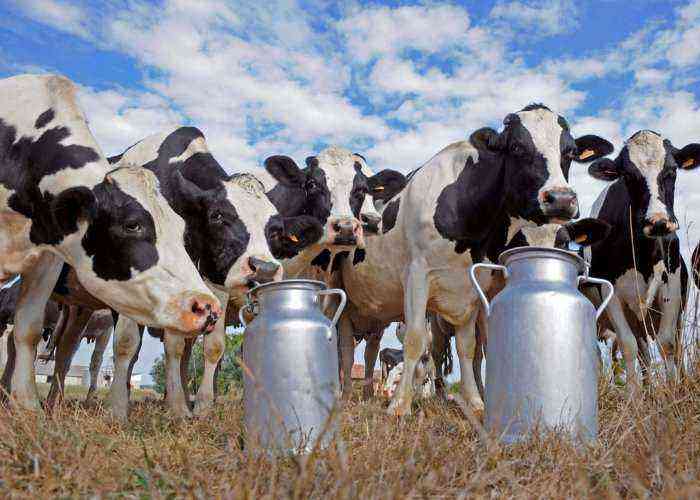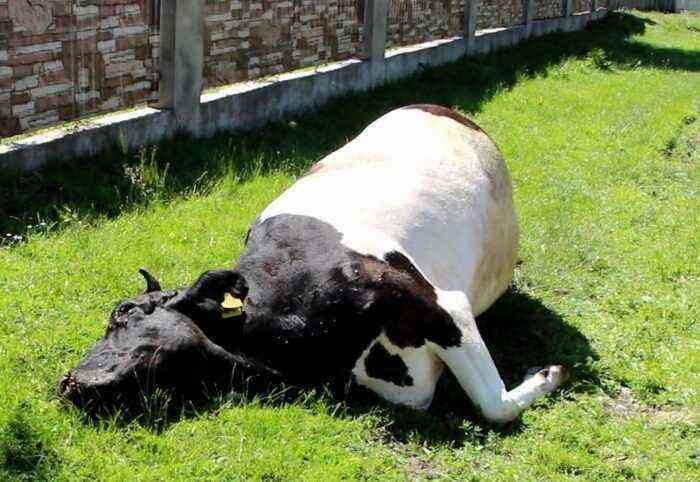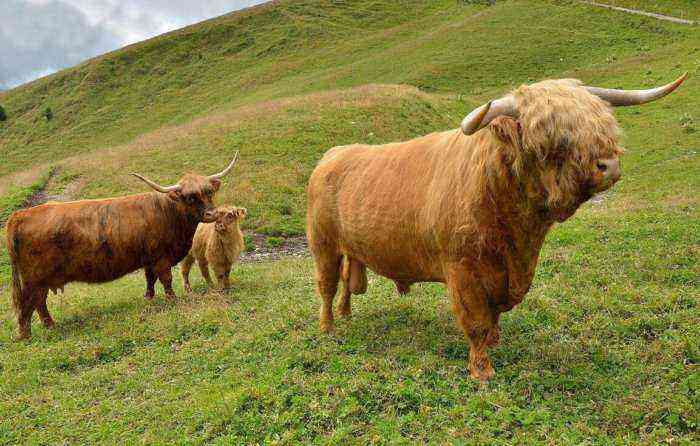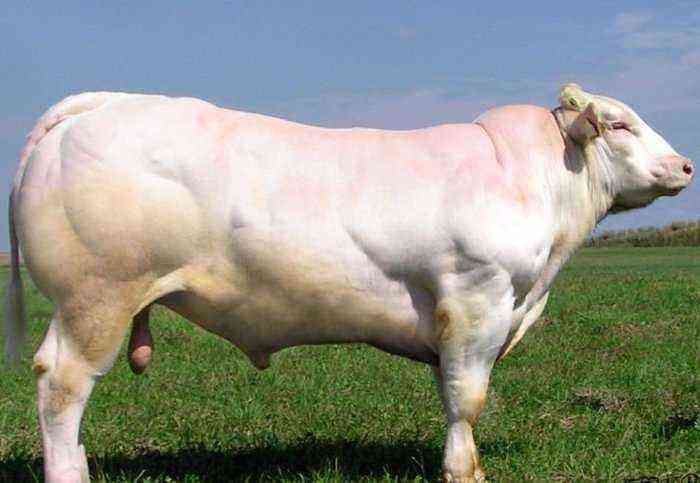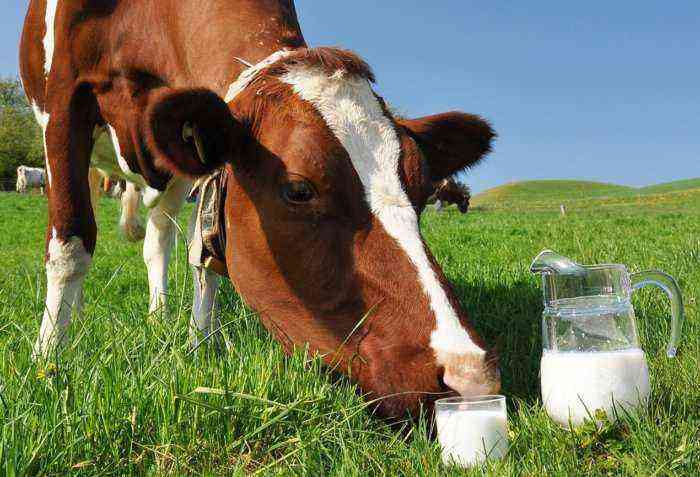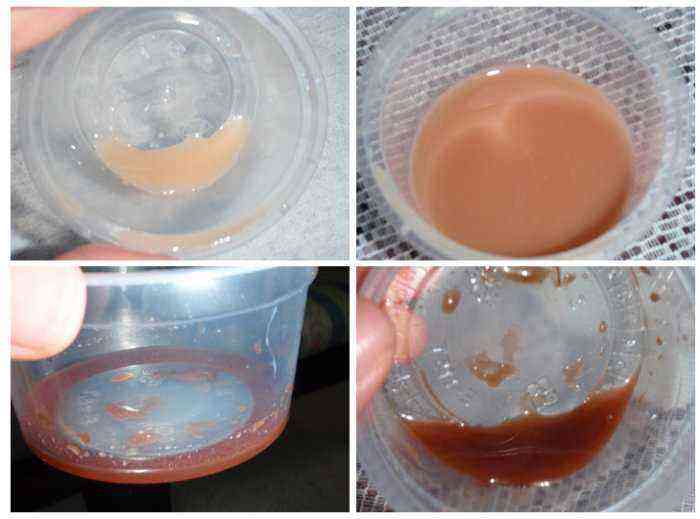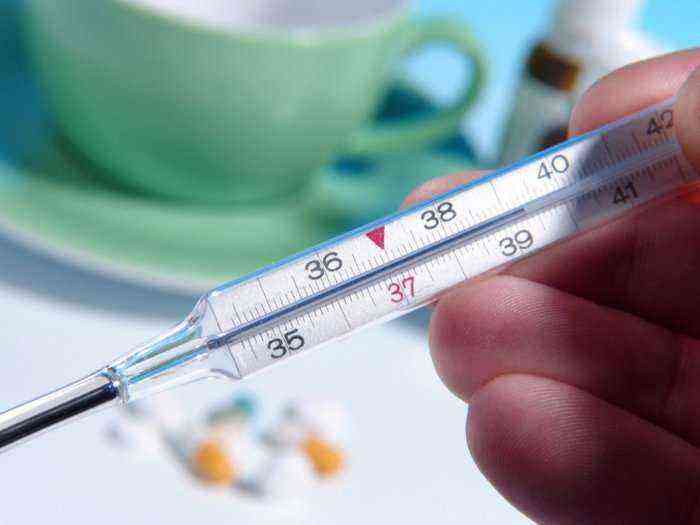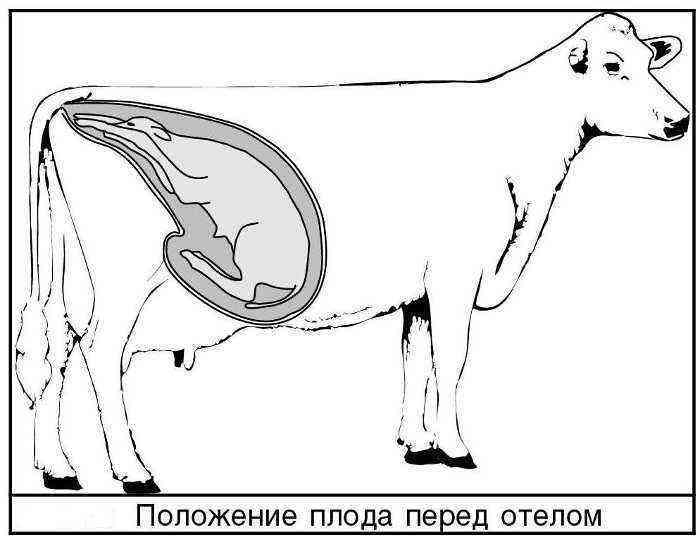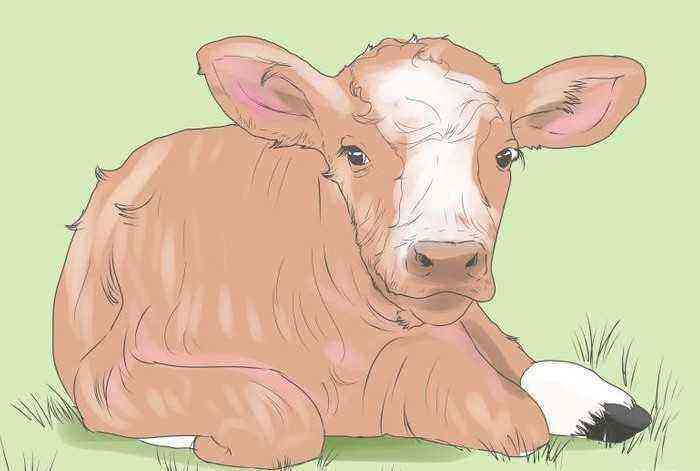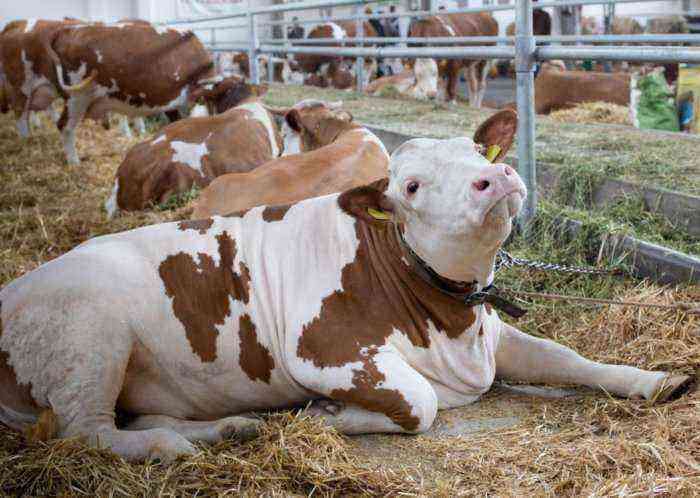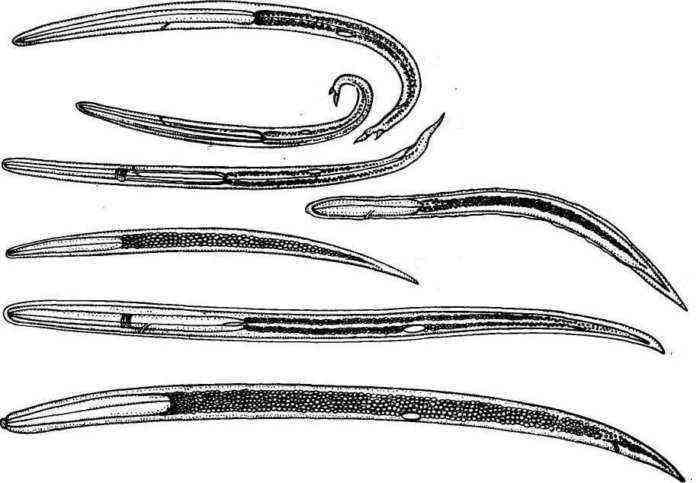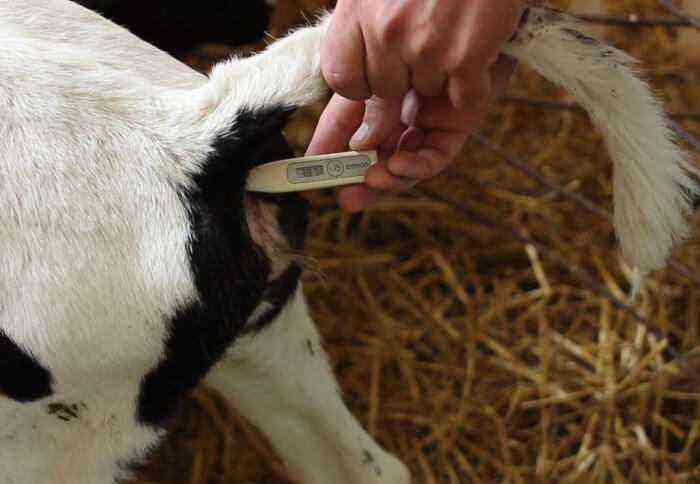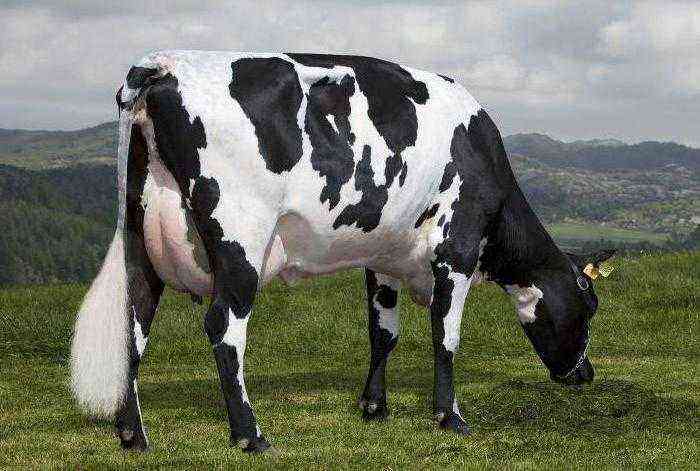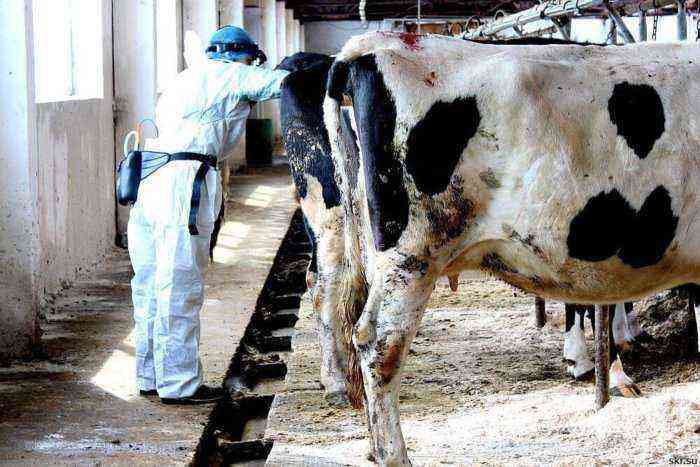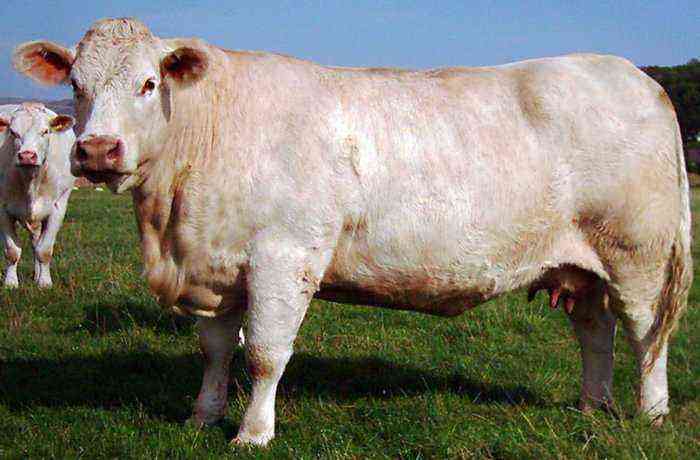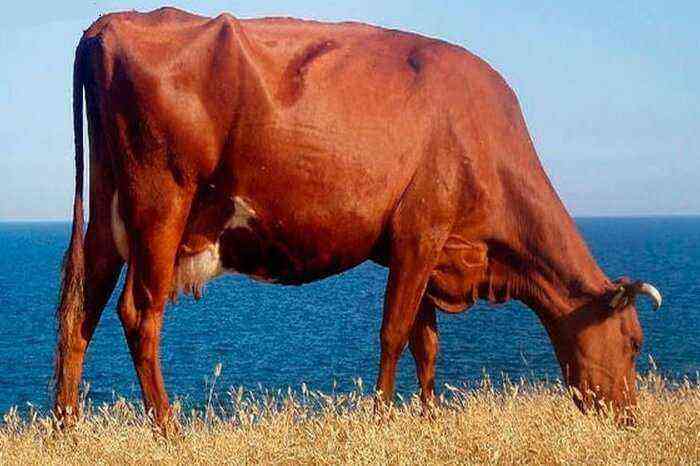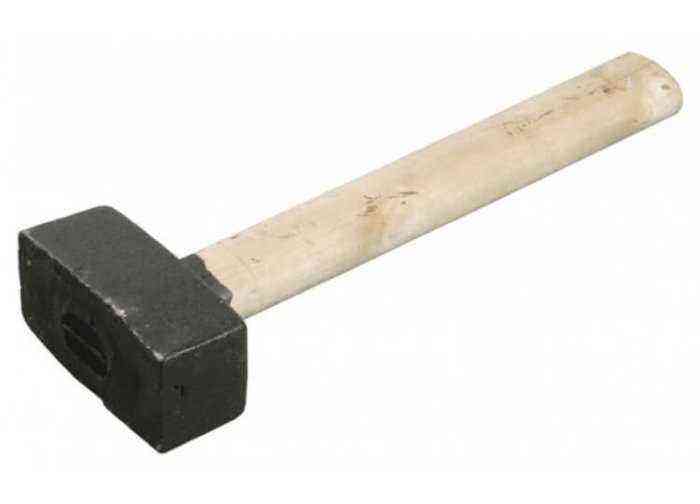When breeding cattle, proper balanced feeding plays a key role. Moreover, it is especially important to provide a complete diet for calves, in which the foundation for future productivity and health is laid in the first months of life. And a good help in this case will be a whole milk replacer (WMS), which is becoming increasingly popular among domestic and foreign farmers.
Feeding calves with whole milk replacer
What is WCM?
Milk replacer for calves are special mixtures that are used for fattening young animals up to 2,5-3 months old. During this period, the most active growth and development of the calf takes place. Its mass can grow by 3 or even 4 times in comparison with the original. Naturally, such a sharp increase requires the constant consumption of sufficient amounts of protein, carbohydrates, fats, vitamins and minerals. And the most optimal ratio of all these substances is milk.
But on dairy farms, it is costly to feed young animals with only one dairy product. In the presence of a large number of calves, this can result in serious losses. It is in such a situation that milk replacer is used, which, in terms of its cost, is cheaper than full-fledged milk, but is not inferior to it in nutritional value.
Types
To date, there are many imported and Russian manufacturers of milk substitutes. Each of them assumes its own composition of the feed and the features of its use. On the basis of such moments, several types of milk replacer can be distinguished at once. So, in accordance with the consistency of the finished mixture stand out:
- dry powders. They are a homogeneous friable mass, outwardly similar to flour. To use such food, it is diluted with warm water or whey in a ratio of 1 to 8. It has the longest shelf life.
- concentrated substitute. They have virtually the same appearance as the dry mass, but require dilution with less water.
- liquid look. This form is a ready-to-use solution of dry matter in the required volume of liquid. Such watering is stored for no more than a day, which complicates the delivery to farms, but at the same time it is sold ready-made, which facilitates the method of use and completely eliminates the process of preparing feed.
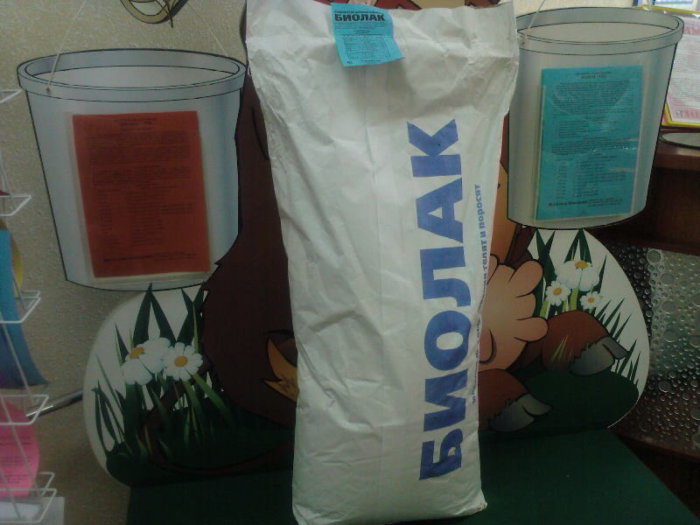
Milk replacer for calves
Among them, due to the possibility of long-term storage, the dry powder version remains the most popular.
Reference. Each manufacturer has its own varieties of mixtures that differ in their fat content. As a rule, it is indicated on the product packaging. Most often you can find milk replacer with a fat content of 10%, 12%, 15% and 20%.
Composition
The list of components that are included in the composition of milk replacers for calves is different for each manufacturer. Special equipment monitors the strict observance of the proportions and the process of preparing such feed. Only in this case it is possible to achieve the maximum similarity of the final product with real milk.
The main components of the milk replacer in most cases are the following:
- specially dried whey or reverse;
- rubbish obtained in the process of processing concentrates;
- vegetable and animal fats;
- mineral supplements and vitamins in the form of premixes.
In more expensive versions of such fattening, the composition also includes eggs, egg powder, wheat flour. Due to the fact that the fats included in milk replacer are quickly oxidized, the mixture is also stored for a relatively short time. Therefore, many manufacturers introduce natural antioxidants into their formulations, which increase the shelf life of the product.
Safe antibacterial agents are also added to individual substitutes during the production process, which are designed to reduce the incidence of young animals. They can also include probiotics and prebiotics, which are used to prevent and normalize the work of the gastrointestinal tract.
Usually, as an additional source of protein, in addition to the dry dairy product, extruded seeds of peas, soybeans and flax are introduced into the composition. Increasingly, you can find recipes with pasta and alfalfa juice. The trend of replacing full-fledged dairy products in milk replacer with plant-based components is becoming more and more popular. It allows you to reduce the cost of production, but you can give your baby such food no earlier than 2 weeks from calving.

Whole milk replacer for calves
It is worth noting that in some formulations you can find more unusual ingredients, among which stand out:
- specially processed animal blood;
- various dirt;
- sapropel.
They are contained in minimal concentrations, but can significantly increase the mineral value of the milk replacer.
Norms of milk replacer for calves
The transfer of calves to milk replacers can be carried out already on the 10th day of their life. In this case, it is necessary to strictly follow the norms of feeding young animals stated in the instructions. The indicated dosages will allow reaching the maximum increase and strengthen the health of the babies, and in case of deviation, both excess and shortfall of the norm are dangerous.
The dosage of such food may vary depending on the composition and form, but, the average norms for calves are as follows:
- The first 3 weeks of a baby’s life are fed with a substitute in the amount of 2,3 liters. The dilution concentration is 1:8.
- Throughout the fourth and fifth weeks, the rate rises to 3 liters without changing the ratio of dry matter and liquid.
- When feeding for the sixth week, the dosage remains unchanged, and the concentration changes by 1:9.
- The following weeks, up to 11, the proportion changes to 1:10 without increasing the total amount of feed.
By the age of 3 months, the milk replacer is completely excluded from the diet, transferring animals to a full-fledged feeding. During the feeding period, the calf is able to eat from 28 to 42 kg of a substitute (powder without liquid). In general, 1,1 kg of powder is equal in nutritional value to 10 liters of whole milk.
How to breed dry milk replacer?
Unlike ready-made liquid mixtures, dry mixtures must be diluted with a liquid (water or whey) before serving. Usually, on the packaging of calf milk replacer there is an instruction indicating how to dilute the product, but in any case, this procedure has a number of common features that must be followed. These include the following points:
- the dishes in which the mixture is prepared should be thoroughly washed, and ideally also scalded with boiling water;
- the dry mass is diluted with water only before serving to the calves, since already 10 minutes after mixing it begins to rapidly lose nutritional value;
- the powder should be dissolved in a liquid with a temperature of 50-60 degrees, stirring the composition thoroughly so that lumps do not form in it;
- before serving the calf, the liquid must be judged to a temperature of 37-38 degrees, since it is the closest to the temperature of the milk released from the cow’s udder;
- be sure to observe the exact dosage corresponding to the age of the baby.

Mixture water temperature measurement
The moment with the temperature of the water (serum) used for dilution must be observed especially carefully. If it is lowered below the 50 degree mark, part of the composition will not dissolve and will remain in the form of a sediment at the bottom. If you raise the temperature above 60 degrees, protein and vitamins will begin to break down, which will reduce the nutritional value of the composition.
When breeding, the following proportion should be adhered to: for each liter of liquid, at least 110-120 g of dry matter is added. If you add less powder, then the drink will be too liquid, it will be perceived by the calf’s body as ordinary water and will fall into the rumen. In the future, the particles of milk replacer accumulated in it will begin to rot, creating optimal conditions for the development of pathogenic microflora.
Advantages and disadvantages
The popularity of milk substitutes is on the rise. At the same time, in the course of observations carried out when using such fattening for calves, certain advantages and disadvantages of the product were identified. Among the main advantages of the composition are:
- the most preferred balance of minerals, vitamins and nutrients, which ensures proper growth and development of young animals;
- simple procedure for the preparation and use of feed;
- cost-effectiveness of use in comparison with fattening with full-fledged cow’s milk;
- exclusion of the risk of infection in the baby’s body, which is often observed when feeding through the udder from an infected heifer;
- a significant increase in the growth of young individuals.
The process of preparing a substitute mixture becomes even simpler if special mixers are purchased for the farm. Such equipment mixes the food of young animals in accordance with precise technology and at optimal temperatures.
As for the disadvantages of this type of fattening, the following nuances can be attributed to them:
- the need for preliminary preparation of feed before serving;
- short shelf life of the substance;
- high cost of certain types of mixtures;
- partial breakdown of proteins, which involves a decrease in the original nutritional value of products.
As already noted, some formulations include blood and some other components of natural origin. This implies a certain amount of risk when rearing young animals. It lies in the fact that, along with such particles, various infections (leukemia or tuberculosis) that the animal was exposed to before slaughter can be transmitted. Accordingly, with the feed, she can go to the domestic livestock.

The causative agent of tuberculosis
Conclusion
Despite some drawbacks, whole milk substitutes are an excellent alternative to fully feeding calves with a cow’s udder. Such mixtures almost completely cover the need of a growing organism for nutrients, vitamins, minerals and energy, and are perfectly balanced already at the production stage. As a result, this feed offers a relatively low cost, but allows you to achieve good health of young animals and high productivity.


